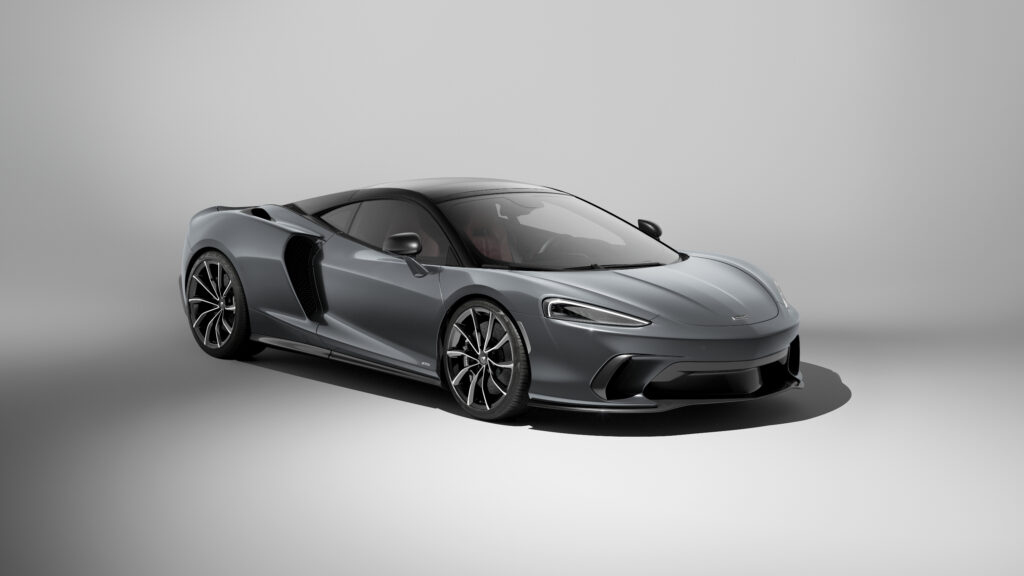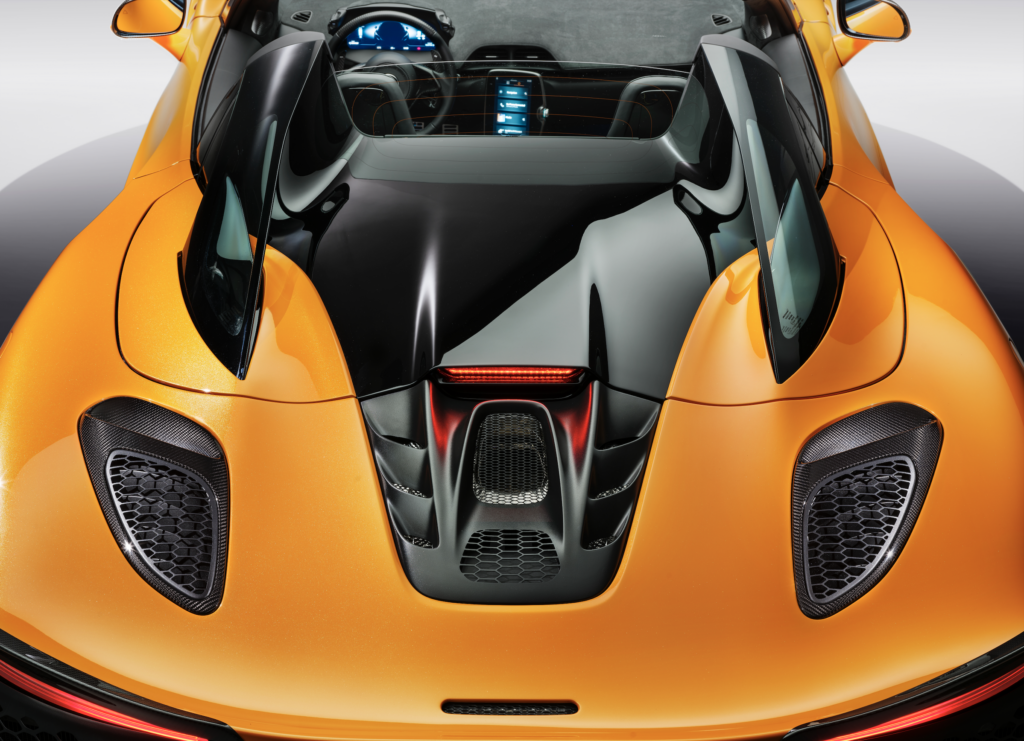News
Few names in the automotive world conjure the same sense of relentless innovation as McLaren. With a legacy rooted in the unforgiving world of motorsport, the British marque has always stood apart, not just for speed, but for the philosophy that governs every curve, every aerodynamic flourish, and every ounce of weight saved in its supercars. Now, under the design leadership of Tobias Suehlmann, McLaren is defining its next era with five guiding principles: Epic, Athletic, Functional, Focused, and Intelligent.
Suehlmann, McLaren’s Chief Design Officer, is no stranger to shaping the automotive landscape. His career spans leadership roles at Bugatti, Aston Martin, and Bentley, each chapter marked by a pursuit of aesthetic purity and technical brilliance. Returning to McLaren in 2023, he stepped into the role with a clear-eyed vision: to honour the brand’s DNA while pushing its design philosophy into the future.
“You always first need to look into the brand DNA,” Suehlmann explains. “You need to understand the brand before you start building up onto the future and start sketching future products.”
That DNA, as he sees it, is inseparable from racing. Unlike many manufacturers where design follows engineering, at McLaren, the two evolve in tandem. “We are not stylists, we are car designers,” he asserts. “We can influence the shape of the car, we can influence the package of the car. We work with engineering and aerodynamics from the very first sketch.”
![]()
EPIC
That rush of adrenaline as you approach a McLaren supercar, the visceral thrill of opening the dihedral doors, the instant surge of power. That is what Suehlmann calls EPIC. “When you walk up to the car, your hands get a little sweaty. You feel respect, a little fear, but also excitement. That’s what McLaren is.”
Epic design is about sensory excitement, derived from the overall concept and appearance of the car. It is bold, instinctive, and emotional, shaped by direct influences from Formula 1, Can-Am, and GT racers. McLaren’s design language embraces extreme traits, from the revolutionary central seating position of the McLaren F1 to the jet-fighter-style sliding canopy of the Solus GT and the dramatic quad-exit full-titanium exhaust system of the 765LT.
ATHLETIC
McLaren’s cars are defined by their sculpted musculature. Every line is drawn with intent, every surface honed for performance. “Our cars don’t have extra fat,” Suehlmann states. “Everything is vacuumed just around the technical bits. You see the muscles, the precision, it’s inspired by racing.”
This athleticism channels the extraordinary agility and performance of each McLaren. Every vehicle is designed with tight, muscular bodywork that maximises aerodynamic efficiency and reduces weight. Efficient packaging ensures that high-performance powertrains and chassis components are seamlessly integrated, while “vacuum-formed” volumes result in bodywork free of unnecessary mass.

FUNCTIONAL
For McLaren, design is not decoration. Every intake, every surface, every aerodynamic detail exists because it must. “If you don’t need a certain surface, don’t do it,” Suehlmann says. “We don’t decorate our cars. Everything inside and outside the car is there for a reason.”
This relentless pursuit of performance makes functionality a design imperative. Everything on the car has a purpose, feeding into McLaren’s principles of ultra-lightweight engineering and aerodynamics. Exposed technical elements are embraced where they offer the best approach, ensuring design and engineering exist in perfect harmony. This is evident in models like the McLaren Senna and P1™, which push aerodynamic innovation to its limits, or the Artura Spider and McLaren 750S, which feature advanced cooling solutions like double-skinned doors.

FOCUSED
Step inside a McLaren, and you enter an environment designed for one purpose: driving. No distractions, no excess. Just the road, the machine, and the thrill of control. “Eyes on the road, hands on the wheel. That’s what matters,” Suehlmann says. “You want to be in that moment. The driving experience should give you goosebumps.”
A Focused approach ensures that every aspect of the design serves the driver’s experience. Performance-driven ergonomics, the ultimate driving position, and unparalleled visibility define the cockpit. McLaren strikes the perfect balance between analogue and digital, ensuring that everything the driver touches, sees, and feels enhances the experience and maximises vehicle performance.
INTELLIGENT
Lightweight engineering has always been a McLaren hallmark, but the quest for efficiency is evolving. Suehlmann’s team is exploring advanced materials, sustainable alternatives, and additive manufacturing to push performance to new heights. “Can we use lighter carbon fibre? Can we integrate 3D-printed components? Is there a textile that saves weight? These are the questions we ask every day.”
An Intelligent design philosophy means engineering vehicles with innovative, lightweight materials, continuously developing them to be lighter, stronger, more durable, and more sustainable. McLaren’s approach integrates design elements seamlessly, enhancing both aesthetics and the driving experience through smarter material use and cutting-edge aerodynamic simulation.
The Future of McLaren Design
As McLaren embarks on this next chapter, Suehlmann’s vision is clear: to distil the brand’s essence into every car it creates. From the Artura Spider to the next generation of supercars, McLaren will continue to be defined by its unwavering commitment to performance by design.
“We don’t need to scream ‘here we come,’” Suehlmann says. “You know there is power. You know everything inside and outside the car is made for one reason: to be the best performance car.”
With that philosophy guiding its future, McLaren is poised to redefine the boundaries of automotive excellence once again.